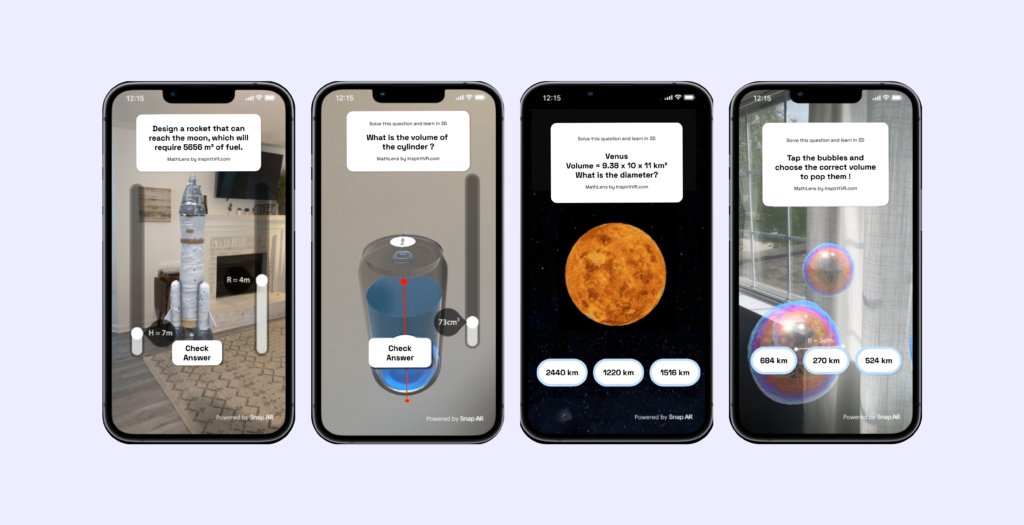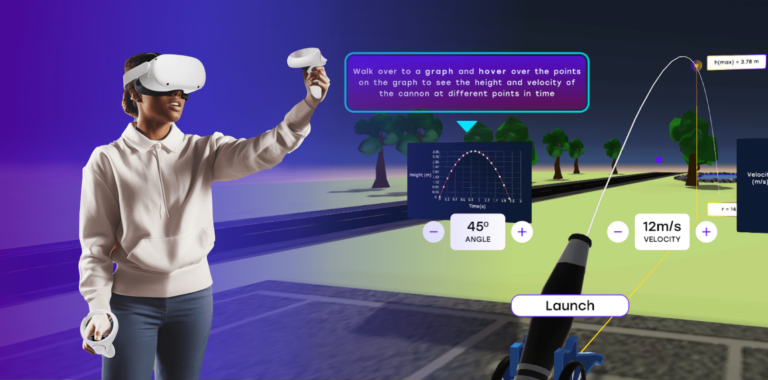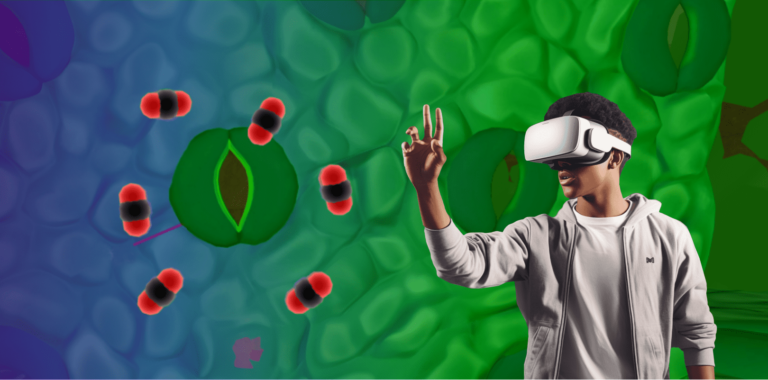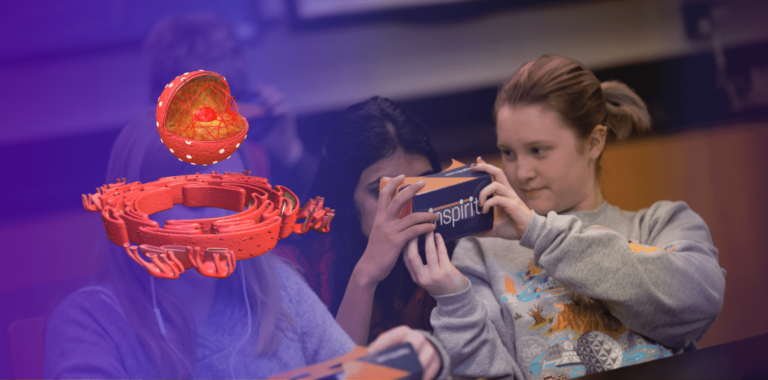How Stride, Inc. Uses Inspirit’s AR Curriculum to Boost Student Confidence and Engagement Levels
Stride, Inc., a leader in online K12 education since 2000, integrated Inspirit’s STEM curriculum using Snap’s Augmented Reality (AR) technology to revolutionize the way Stride students learn. Inspirit created a series of AR Lenses using Snap’s Camera Kit SDK to bring the power of AR to classrooms.
Inspirit’s mission is to empower educators to leverage immersive technology in their own classrooms to create powerful opportunities for learning. Snap AR offers one of the largest AR platforms in the world, helping drive Inspirit’s aim with innovative solutions for learning.
Challenges
Stride, Inc. offers award-winning curricula, a flexible learning system tailored to individual needs, and a supportive learning atmosphere enriched with expert instruction and innovative technology. Students are empowered with hands-on learning, flexible scheduling, and guidance from both teachers and parents while learning in their home environment.
However, educators in online school settings face unique challenges in monitoring and enhancing student engagement, with many unable to detect or intervene when students are distracted, like using their phones covertly.
Solutions
During the summer of 2023, Stride, Inc. incorporated Inspirit’s Innovative Learning Hub, a comprehensive set of XR experiences aligned with US educational standards, into their math and science curriculum. Equipped with AR simulations powered by Snap AR that reinforced essential 8th-grade STEM concepts like volume, mass, and density, a group of Stride, Inc.’s 8th-grade students began learning with Inspirit. Teachers received specialized training for integrating these tools into their teaching practices, and students took pre-tests to gauge their initial attitudes, motivation, engagement, and interest in the subject matter. Inspirit also provided teachers and students with activity sheets to ensure the AR technology was effectively applied.

Study Design
The study aims to measure the impact of AR on various learning attributes: engagement, motivation, behavioral change, attitude, connectedness, self-efficacy, confidence level, and presence. The research methodology incorporates both quantitative and qualitative approaches. Quantitative data is sourced from student surveys, with both pre-test and post-test surveys utilizing a scale of 1-9 for responses. These surveys were distributed to Stride’s virtual biology class, comprising students aged 12-13. 13/17 students completed both pre and post-test surveys.
Complementing this, qualitative data was collected through interviews. The Inspirit research team engaged teachers from both the biology and math classes post-session, focusing on their experience using AR simulations and their observations of student interactions with the technology during classes.
Student Impact
Upon completion of Inspirit’s AR program, student engagement levels in STEM classes increased by a whopping 49.6%, turning traditional lessons into riveting, interactive experiences.

Math teacher Tracy Greenfield from Stride, Inc. emphasized this sentiment, noting that students exhibited heightened excitement and engagement during AR sessions. In addition to increasing engagement levels, a staggering 84.6% of students also expressed an inclination to explore STEM topics further using AR.
Laurie Haines, a science teacher, found AR exceptionally beneficial for biology, anatomy, and physiology, emphasizing its visual appeal, especially in topics like DNA visualization.
Tracy Greenfield
The students were very excited and happy using that [Inspirit’s AR Simulations].
I see significant potential for the program’s use in real-world applications.
Math Instructor
Laurie Haines
They [the students] were just really having fun with it at that moment… anytime I find that they’re going to have fun with anything in the curriculum, that’s a hit for me.
Biology Instructor
Finally, the case study underscores AR’s proficiency in simplifying complex STEM concepts, presenting them in a more tangible 3D format. An impressive 92.3% of students acknowledged the ease of understanding AR content, with a similar percentage highlighting its efficacy in enhancing attention span.
Given these findings, K-12 schools that are eager to explore the horizons of educational AR and innovative teaching methodologies can pave the way for a more engaged, motivated, and knowledgeable student body, ready to tackle the challenges of the future.
Acknowledgements

Many thanks to the Stride, Inc. admin, teachers, and students for their participation, dedication, and time committed to this study. We are grateful to our research collaborators at Stanford University for their constant guidance and support. Special thanks to Nadine Peterson and Yuqi Wang at Inspirit for driving the study and preparing the report. Finally, a big thank you to the team at Snap for their contribution to this project.




